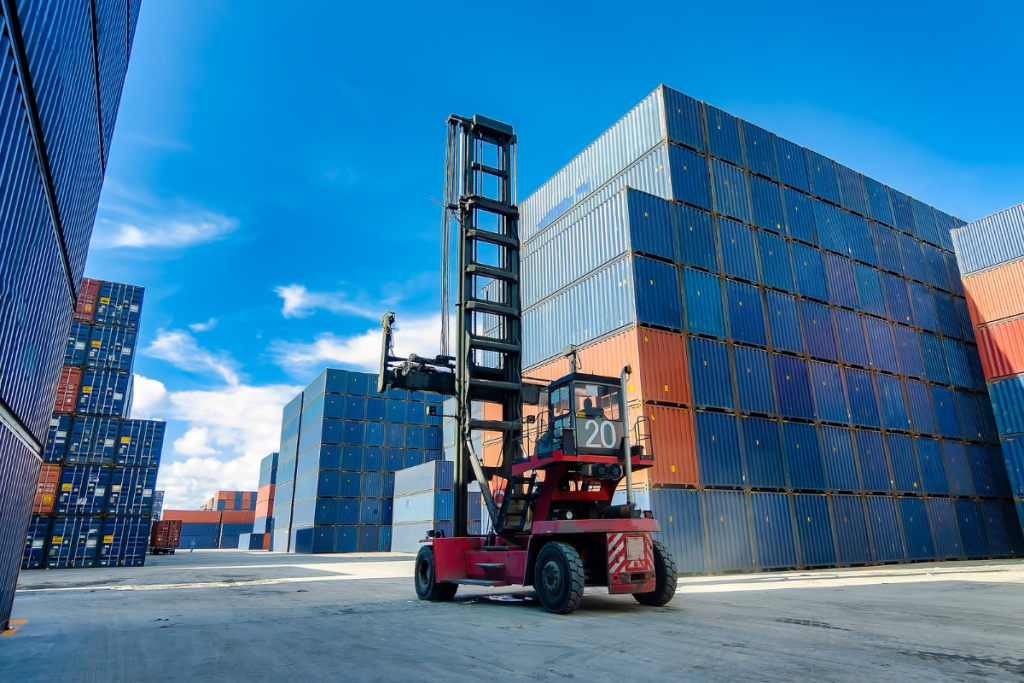With the U.S.-China tariff pause set to expire on August 13, exporters from Taiwan, Vietnam, and Southern China are accelerating shipments, triggering a capacity crunch across Asia-Pacific lanes. Dimerco’s latest report highlights renewed volatility on transpacific routes, diverging airfreight patterns, and worsening inland congestion. As labor constraints and geopolitical unrest add friction, logistics networks are absorbing pressure from all sides.
Tariff-Driven Export Spike Collides With Volatile Capacity
In ocean freight, the Trans-Pacific Eastbound corridor is once again under pressure. After a brief easing in rates through June, pricing is stabilizing as carriers reinstate canceled sailings. However, persistent bottlenecks, at ports such as Manzanillo, and select U.S. and European terminals, are keeping transit times unpredictable. Inland congestion and labor shortages continue to delay container flow beyond port gates, exacerbating the volatility.
On the airfreight side, patterns are increasingly divergent. Intra-Asia routes remain strong, fueled by manufacturing activity between China and Southeast Asia. However, China–U.S. volumes remain soft, with weaker eCommerce flows dragging down demand. In contrast, outbound capacity from U.S. hubs like Los Angeles and Dallas is tightening, as retailers prepare early for the back-to-school and holiday seasons.
Geopolitics and Tech Demand Add Strain
Global logistics planning is further complicated by rising geopolitical friction. The U.S. strike near Iran has disrupted Persian Gulf shipping lanes, forcing wide-scale rerouting of vessels. Meanwhile, heightened tensions between India and Pakistan have prompted carriers to restructure or split services across South Asia–Middle East routes, adding cost and complexity in corridors already sensitive to supply chain shocks.
The semiconductor and high-tech sectors are also exerting upward pressure on freight demand. Taiwan is experiencing a surge in bookings as firms expedite shipments of AI components and electronic parts ahead of possible tariff reinstatements. The urgency reflects both regulatory risk and seasonal demand for new hardware launches, particularly in consumer tech and automotive electronics.
Dimerco executives caution that this confluence of risks, tariff-driven demand spikes, constrained capacity, and geopolitical rerouting, has created a highly fluid logistics environment. “The disparity between soft China–U.S. airfreight and booming Southeast Asia exports highlights the critical need for proactive logistics strategies and early capacity planning,” said Kathy Liu, VP of Global Sales and Marketing in an official statement.
The Real Risk: Mistaking Urgency for Strategy
While the rush to move goods ahead of tariff changes is understandable, it risks reinforcing reactive behavior in freight planning. Recent trade patterns show that companies overly focused on tariff timing often lock in suboptimal routing, miss strategic procurement windows, and expose themselves to whiplash costs when conditions shift again.
Instead of chasing near-term avoidance, some firms are recalibrating around scenario-based planning, treating geopolitical volatility not as a disruption to outmaneuver, but as a baseline condition to operationalize. The edge won’t come from moving faster, but from absorbing shocks with less financial and logistical distortion.



